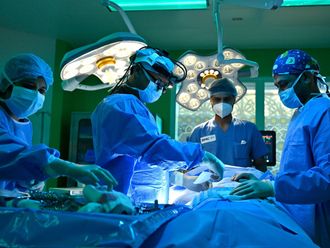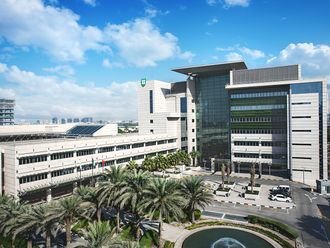Abu Dhabi: A fatty liver syndrome frequently thought to be the result of excessive alcohol intake has now been linked to diabetes, said Professor Simon Taylor-Robinson, a visiting specialist at Abu Dhabi's Imperial College London Diabetes Centre (ICLDC).
"For a long time doctors have thought that fatty liver condition was linked to high alcohol consumption. However, the condition is now known as non-alcoholic fatty liver disease and ... present in many people living with diabetes," said Robinson.
Increase
The liver tends to respond in the same way, whether the cause is alcohol or diabetes.
Alcohol-related fatty liver disease is difficult to distinguish from diabetes-related fatty liver disease, however research shows that the rate of non-alcoholic fatty liver disease is increasing in line with the burgeoning growth rate of obesity.
"Non-alcoholic fatty liver disease generally develops slowly and is often associated with diabetes, insulin resistance and obesity. People who have simple fatty liver in their forties might develop fibrosis or cirrhosis after several years."
The good news is that recent studies also suggest that liver damage does not have to be permanent. There is a very good chance that the condition can be reversed in many patients as research has shown that the liver can repair itself, even in the stage of advanced cirrhosis.
In line with the recommended healthy lifestyle treatment for diabetes, fatty-liver disease requires patients to adopt a combination of a good diet and regular exercise for the reversal to be successful.
The World Health Organisation (WHO) estimates that more than 180 million people worldwide have diabetes and this number is likely to more than double by 2030.
"Diabetes-related fatty liver too is on the increase worldwide. It is much more common than originally thought," said Robinson.











